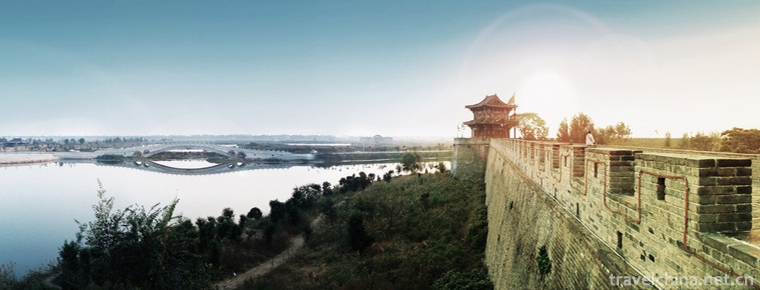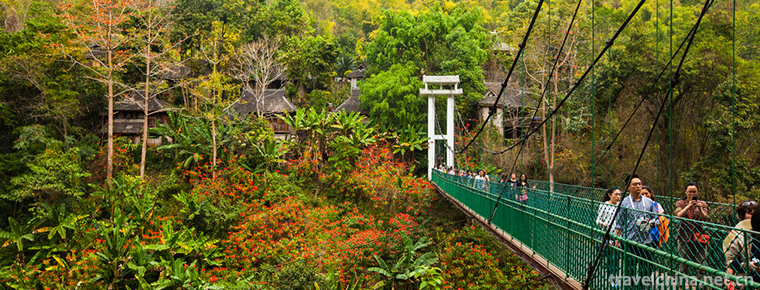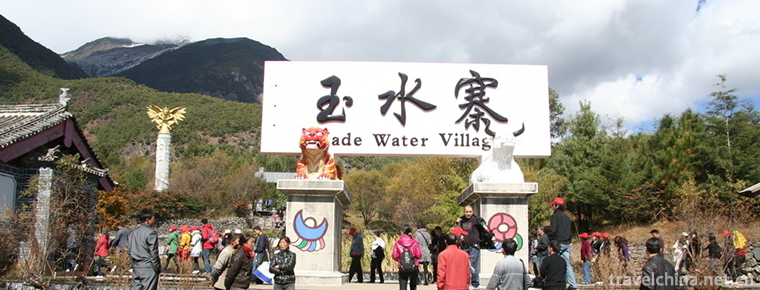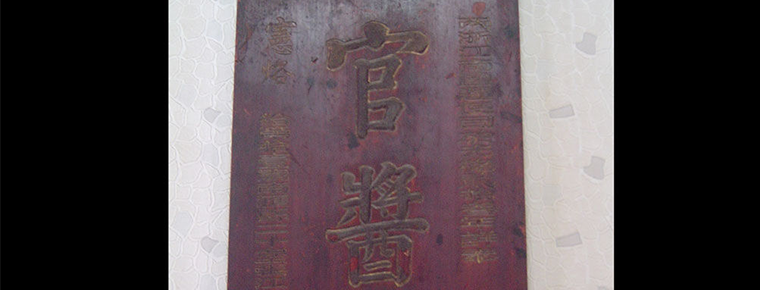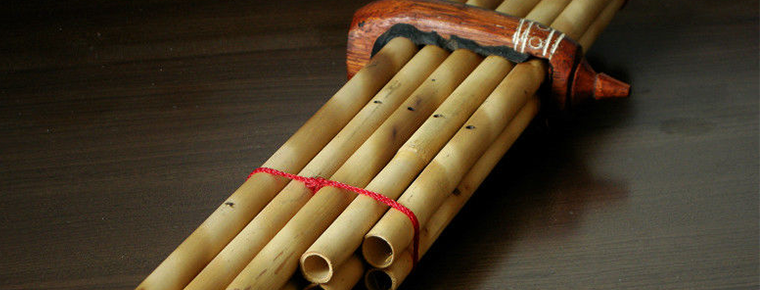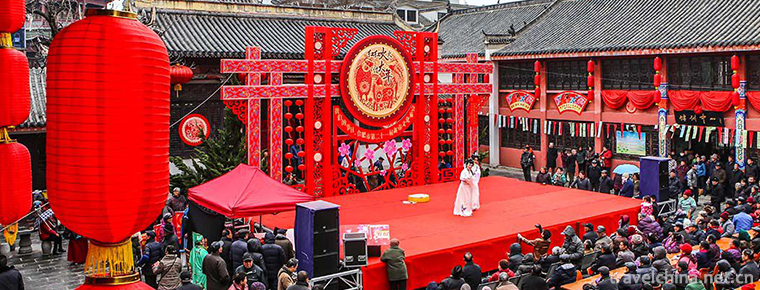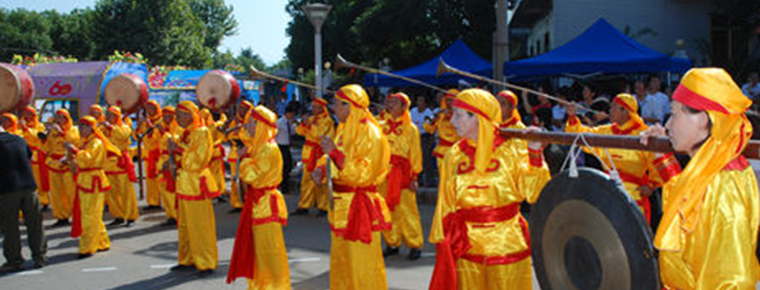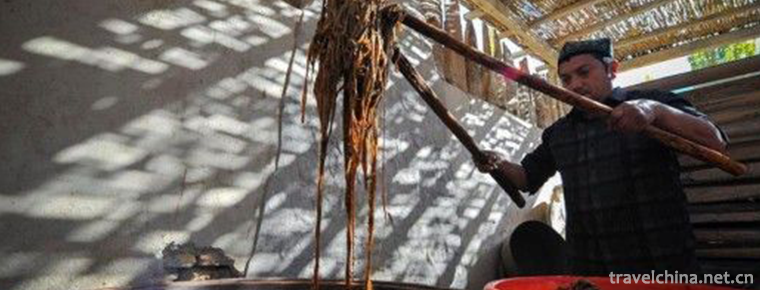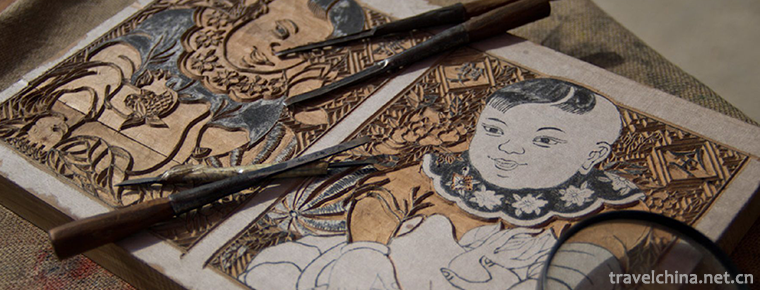Legend of Liu Ruan
Legend of Liu Ruan
The legend of Liu Ruan, also known as the story of Liu Ruan's encounter with immortals, is spread in Shangxian (now Xinchang, Shengzhou) and Tiantai. It is a mythological love story that takes Liu Ruan and his wife as the main content when they come to Tiantai Mountain to collect medicines and meet immortals. Originated in the Eastern Han Dynasty, since Jin Dynasty, scholars of all dynasties have written a large number of famous articles on this subject. Among them, there are six dynasties notebook novels, Tang poetry, Song Ci, Yuanqu, Ming and Qing legends, novels, poems and essays, and their influence is widespread at home and abroad.
This legend has been announced as the fourth batch of intangible cultural heritage projects in Zhejiang Province by the provincial people's government in July 2012, which belongs to the category of folk literature in the intangible cultural heritage projects.
On November 11, 2014, Liu Ruan Legend was approved by the State Council to be listed in the fourth batch of representative projects of national intangible cultural heritage.
Historical origin
Liu Ruan's legends originated from the mysterious stories of the Six Dynasties, such as Jin Ganbao's Sou Shen Ji, Tao Yuanming's Sou Shen Suo Ji, Yong Ming Lu of Southern Song Dynasty Liu Yiqing, Liang Wujun's Reading Qi Xie Ji and so on.
Legends
Legend
Liu Ruan's legend took place in Yongping in the Eastern Han Dynasty (AD 62). It has a history of 1947 and has been circulated in Chengxian (including Xinchang and Shengzhou) and Tiantai. It is said that Liu Chen and Ruan Zhao went to Tiantai to collect medicines. The mountains are high and the roads are long. It is difficult for them to go home for a while. After 13 days in the campsite, when hungry, they picked peaches from the mountains and drank spring water when thirsty. On the way down the mountain, I saw two beautiful girls beside the stream. When I saw Liu Ruan and Liu Ruan holding cups for drinking mountain water, I greeted them with a smile and called Liu Chen and Ruan Zhao their names directly. Liu and Ruan were shocked. How could the two girls who had never met him name them? As if they had known each other before, they asked them, "Why is it too late?" Later, Liu and Ruan went home with the two girls because of their warm invitation. When they arrived at the girl's house, Liu and Ruan found that their families had their own silk tents in the South and East walls, and their tent horns were hanging bells with gold and silver interlaced. Several maidservants served them respectively. They also served them with flax rice, preserved goats, beef and other delicacies. Obviously, it's the rich people who eat the perfect food and drink the good wine. And the maid took the peach in her hand and laughed and said, "He Ru Son-in-law is here! Drink and play. In this way, after 10 days of immortal life, Liu and Ruan proposed to resign and want to go home. As a result, he was left for half a year. Half a year later, spring blossoms, birds singing, homesickness is stronger. The hostess was also considerate, pointing out the way home and sending them home. When I returned home, I found that the people were different, the villages were scattered, and the descendants had passed seven generations. Later, she returned to Tiantai Mountains to visit her daughter. As a result, she left a thousand years of melancholy and turned it into a melancholy stream.
textual research
The legend of Liu Ruan is said to have occurred in Liumen Mountain in Xinchang, which has been confirmed by many scholars.
Back to the "melancholy stream" and up, through Taoshu dock, through the "Yingxian Bridge" (provincial key cultural relics protection units), along the ancient post road to Liumenwu. Dock in the shade, there are Ruan Gong Tan, Ying Xian Pavilion (now abandoned), along the path of Liu and Ruan Zhi to the Liumen Mountain, there are descendants to commemorate Liu Ruan's encounter fairy "Liu Ruan Temple" (that is, the "Liu Ruan Temple" recorded in "Jiatai Hui Ji Zhi"), which has been destroyed repeatedly for nearly a thousand years, and has survived so far. From the temple of Liu Ruan to Fengxiangling, climbing up to the cave of fairies (where Liu Ruan and fairies live), beside which are the relics of Liu, Ruan and fairies.
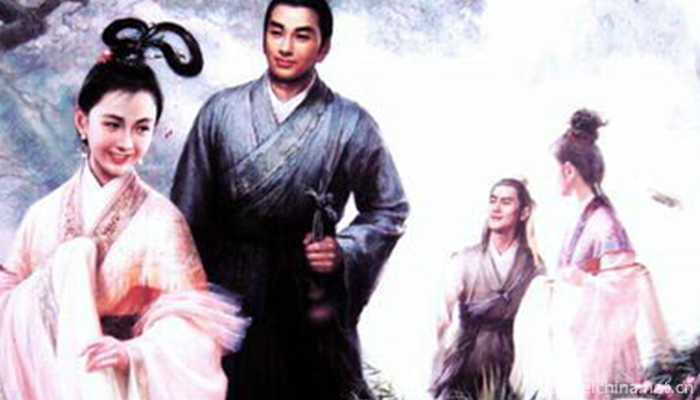

Legend of Liu Ruan
-
Guangfu Ancient City Scenic AreaHandan City Hebei Province
Yongnian Guangfu City, also known as Yongnian City , Guangfu Ancient City , Ancient City , Guangfu City , Shuicheng , Taiji City , Shuicheng , is located in the southeast of Hebei Province
Views: 192 Time 2018-11-24 -
Xishuangbanna Primitive Forest Park
Xishuangbanna Primitive Forest Park, located in the east of Jinghong and north of Lancang River, is 8 kilometers away from the seat of the state capital.
Views: 209 Time 2019-02-25 -
Yushuizhai Scenic Area
Yushuizhai Scenic Area is a national AAAA level tourist area (spot), located in the north of Baisha Town, which consists of a series of scenic spots. Yushuizhai Scenic Area is a scenic spot with Naxi
Views: 254 Time 2019-03-07 -
Brewing technology of soy sauce
Qian Wanlong soy sauce brewing technology is the traditional soy sauce brewing technology of Shanghai Bengang, and it is an ancient local traditional handicraft technology.
Views: 115 Time 2019-05-06 -
Lusheng music
Lusheng is one of the core musical instruments in Miao traditional music culture. In the long history of Miao music practice, its cultural function is not limited to universal musical instruments, bec
Views: 119 Time 2019-05-15 -
temple fair
Temple fair, also known as "temple market" or "festival venue". It is a Chinese folk religion and the custom of the age. It is usually held on the Lunar New Year, the Lantern Festi
Views: 237 Time 2019-06-05 -
Shengzhou Blows
Shengzhou blowing is one of the main components of "gong and drum in eastern Zhejiang". "Zhedong Gong and drum" generally refers to the traditional folk instrumental music in easte
Views: 184 Time 2019-06-14 -
Manufacturing Techniques of Fukushima Ship with Watertight Cabin
The manufacturing technology of watertight compartment Fukushima, the local traditional handicraft technology of Jiaocheng District in Jinjiang and Ningde City, Fujian Province, is one of the national
Views: 163 Time 2019-06-15 -
Uygur Mulberry Paper Making Skills
Uygur mulberry paper takes mulberry branch endothelium as raw material, mulberry branch endothelium is sticky, smooth and delicate, easy to process, after exploitation, soaking, pot boiling, pounding,
Views: 150 Time 2019-06-28 -
Yang Liu Qingmu New Year Print
Yangliuqing Wood Printing New Year Picture, Tianjin folk traditional art, one of the national intangible cultural heritage.
Views: 236 Time 2019-07-11 -
Nanchong City honor
"Three products" strategy demonstration city of consumer goods industry, charming city with Chinese characteristics, national garden city and excellent tourism city in China
Views: 309 Time 2020-12-17 -
Guangan scenic spot
By 2018, there are 24 A-level scenic spots in Guang'an City, of which Deng Xiaoping's hometown is a national 5A scenic spot, and six scenic spots, including Huaying Mountain tourist area, Shenlong mountain Ba Ren stone city, baozhensai, Tianyi Vall
Views: 351 Time 2020-12-19
